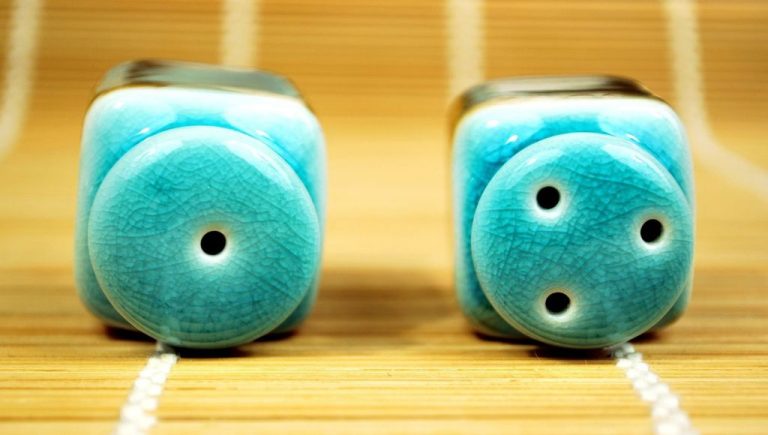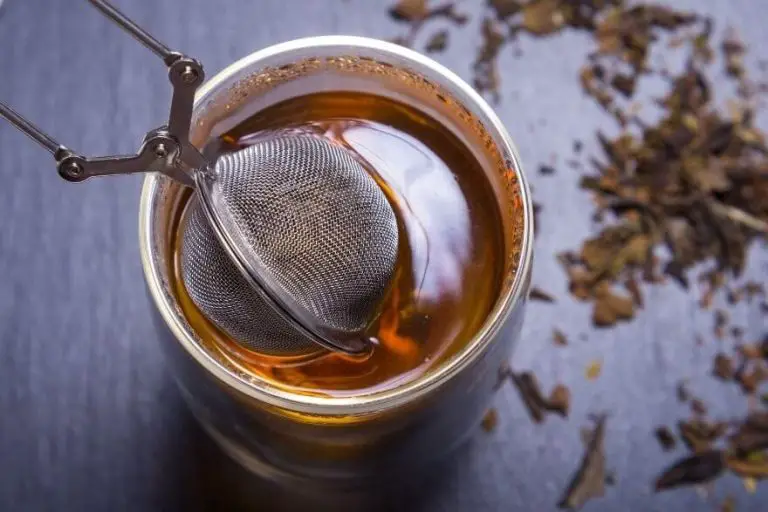What Will Happen If You Store Water In The Clay Pot?
Storing water in clay pots, also known as pottery water storage, is an ancient yet effective technique that dates back over 4000 years. The porous nature of clay allows air flow and evaporation to naturally cool and purify water stored inside the pots. This process improves the taste and quality of drinking water without the use of filters, refrigeration or chemicals. Today, clay pot water storage remains popular in many parts of Africa, Asia and Latin America as an eco-friendly, sustainable way to store and cool water that requires no electricity.
History
The practice of storing water in porous clay pots dates back thousands of years. Clay pot water storage likely originated independently across ancient cultures in hot, arid regions around the world where access to cool, clean water was limited.
Archaeological evidence shows that clay pots were used to store water in ancient Egypt as far back as 4000 BCE. Storing water in clay allowed it to slowly evaporate through the porous sides of the vessel, creating a cooling effect ideal for hot climates. The ancient Greeks, Romans, and Chinese also used clay pots and pitchers to store and cool water.
In India, the practice has been used for over 5,000 years. Traditional Indian clay pots, called matkas or surahis, keep water cooler by several degrees through evaporation. Storing and drinking water from clay pots is still common across rural India today.
How It Works
Clay pots are porous and allow water to seep through the tiny holes in the pot. This is due to the material clay is made of. Clay contains microscopically small, plate-shaped particles that stack on top of one another when molded into a pot. This stacking creates gaps between the particles that form pores within the clay. When water is stored in a clay pot, it leaks out slowly through these pores.
The porosity allows evaporation to take place. As the water seeps through, some of it evaporates through the pores and into the air. This cools the remaining water inside the pot. In hot climates, the evaporation process can cool water by several degrees.
Benefits
Storing water in a clay pot has two major benefits – a cooling effect and adding healthful minerals to the water.
As the porous clay allows evaporation, the temperature of water inside a clay pot will be several degrees cooler than water stored in plastic or glass. In hot climates, drinking cool water from an earthenware vessel can be refreshing.
Clay is formed from natural minerals like silica, iron, magnesium, calcium, potassium, and aluminum. As water interacts with the clay, small amounts of these minerals leach into the water. Drinking mineral-rich water is considered healthy, especially important minerals like magnesium and calcium.
Limitations
While storing water in clay pots has some benefits, there are also some limitations to be aware of:
– Lead concerns: The clay used to make some pots may contain lead, which can leach into the water. This is especially concerning for drinking water. Lead exposure can cause health problems, so it’s important to use lead-free clay pots.
– Cleaning: Clay is porous, so minerals and microorganisms can build up over time. Pots will need occasional scrubbing to remove deposits and prevent bacterial growth. Avoid harsh soaps, which could leach chemicals into the water.
– Fragility: Clay pots are breakable, especially when filled with water. Use caution when moving them.
– Evaporation: The porous nature leads to higher evaporation rates, so water may need refilling more often.
– Not suitable for all water storage: Clay pots work best for short-term storage, not long-term. The water may also take on a slight clay taste.
With proper care and maintenance, clay pot limitations can be minimized. But be aware of these factors when deciding whether clay pots fit your needs.
Maintenance
Proper maintenance is crucial for keeping your clay water storage pot in good condition. Here are some tips for cleaning and sealing your clay pot:
Cleaning
Clay is porous, so minerals and sediments from the water can build up over time. It’s important to clean your clay pot every few months. Use a soft cloth or brush and gently scrub the inside and outside with warm, soapy water. Avoid using harsh chemicals or abrasive materials that could damage the clay. Rinse thoroughly after cleaning.
You can also occasionally soak the pot in a solution of vinegar and water to dissolve mineral deposits. Let it soak for 30-60 minutes, scrubbing occasionally, then rinse.
Sealing
Applying a food-safe sealant to the inside of the clay pot can help prevent bacteria growth, odors, and leaks. Look for sealants made specifically for clay or ceramics. Apply 2-3 thin, even coats, allowing each coat to fully dry before adding the next. Re-apply the sealant every 1-2 years or as needed.
Avoid using paint or varnish, as these can flake off into the water over time. Wax sealants are also not recommended, as they require more frequent reapplication. With proper cleaning and sealing, your clay water storage pot can last for many years.
Alternatives to Clay Pots
While clay pots have benefits, there are other options for storing and cooling water. Two popular alternatives are glass and copper.
Glass pitchers and bottles can also naturally cool water through evaporation and condensation. Glass is non-porous, so it doesn’t allow minerals to seep into the water. It’s also transparent so you can easily see how much water is left.
Copper vessels have been used in Ayurvedic medicine for centuries to store water. Copper is thought to have antimicrobial properties that keep water clean. However, there are some safety concerns around copper leaching into water in excessive amounts.
When choosing an alternative to clay pots, consider factors like cost, safety, maintenance, and personal preference around taste or health benefits. Test different materials to see which one best meets your hydration needs.
Safety
When storing water in clay pots, it’s important to consider safety factors like lead content and using glazed vs unglazed clay.
One potential concern with clay pots is that the clay or glaze may contain lead, which can leach into the water. It’s recommended to use lead-free and lead-tested clay pots specifically marketed for storing drinking water. You can find these from reputable brands online or in cooking stores. Avoid using homemade or handmade clay pots that haven’t been tested.
In terms of glazed vs unglazed, both types are generally considered safe for water storage. Unglazed terra cotta clay is naturally porous, allowing the water to seep through and evaporate from the surface, cooling the remaining water inside. The pores also allow mineral exchange between the water and clay said to be beneficial. Glazed pots don’t sweat and lose moisture, so the water may stay cooler longer. But glazed surfaces can chip and potentially expose the clay underneath. As long as you choose a lead-free pot with intact glazing, either type can safely store and cool water.
Tips
Here are some helpful tips for getting the most out of storing water in clay pots:
Choose the Right Type of Clay
Not all clay is equally porous. Look for terra cotta or red clay, which are more porous and allow maximum evaporation. Avoid glazed or polished clay, which prevents evaporation. Unglazed terra cotta is ideal.
Consider Your Climate
Clay water storage works best in hot, dry climates where evaporation happens quickly. In cool or humid environments, less evaporation occurs so the cooling benefits are reduced. Position the pots in a sunny spot to maximize evaporation.
Conclusion
Storing water in a clay pot can provide several benefits but also has some limitations to consider. On the positive side, clay is porous and allows evaporation, which helps cool the water inside the pot. The evaporation also improves the taste and smell of the water. Clay pots are inexpensive, natural, and eco-friendly. However, they are also fragile and prone to breaking. The porous nature also means the water can pick up minerals from the clay that affect the taste. Clay pots require diligent cleaning and maintenance to avoid mold growth. Overall, clay water storage pots can be a good option in certain contexts, like warm climates where cooled water is desired. But other alternatives like glass, stainless steel, or plastic may be more appropriate in different circumstances.






